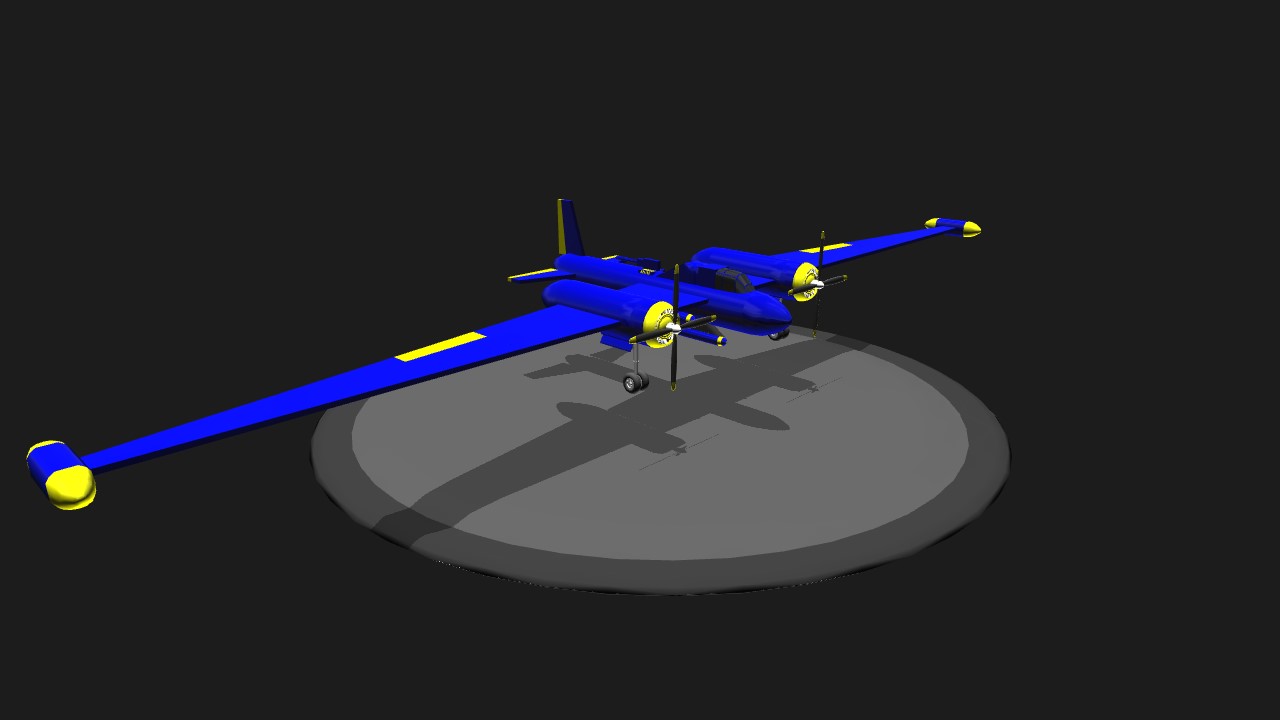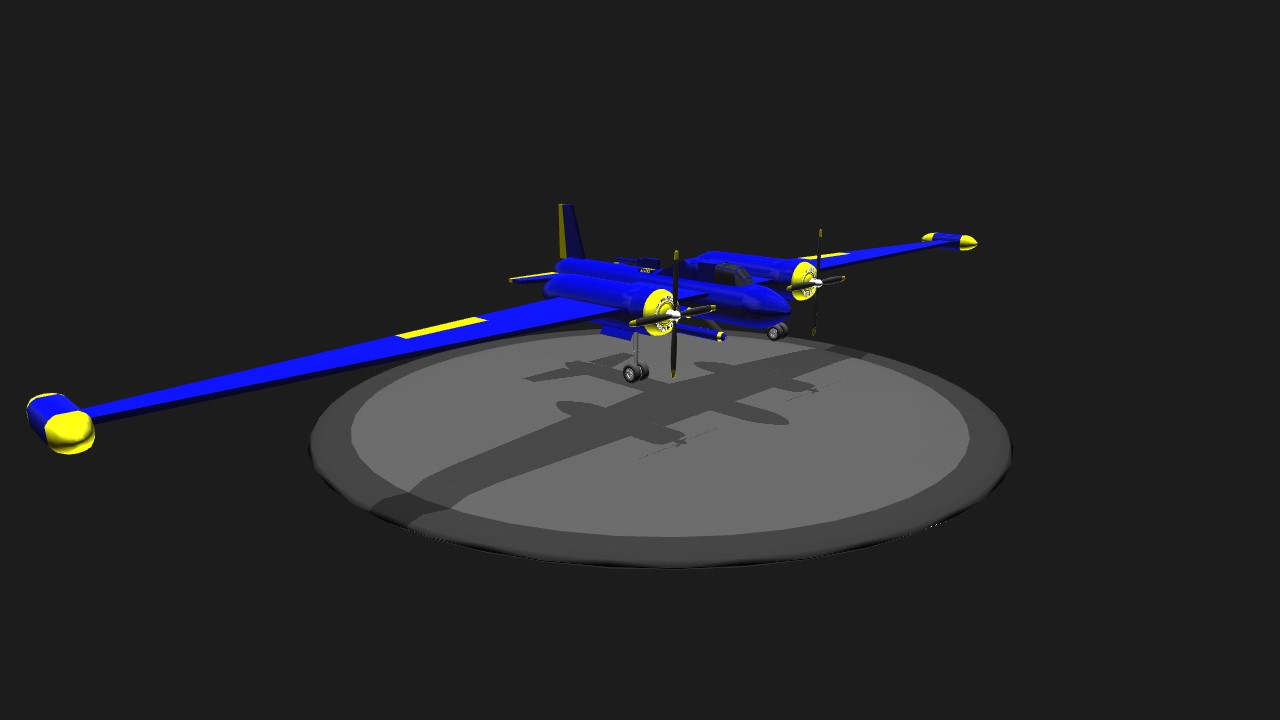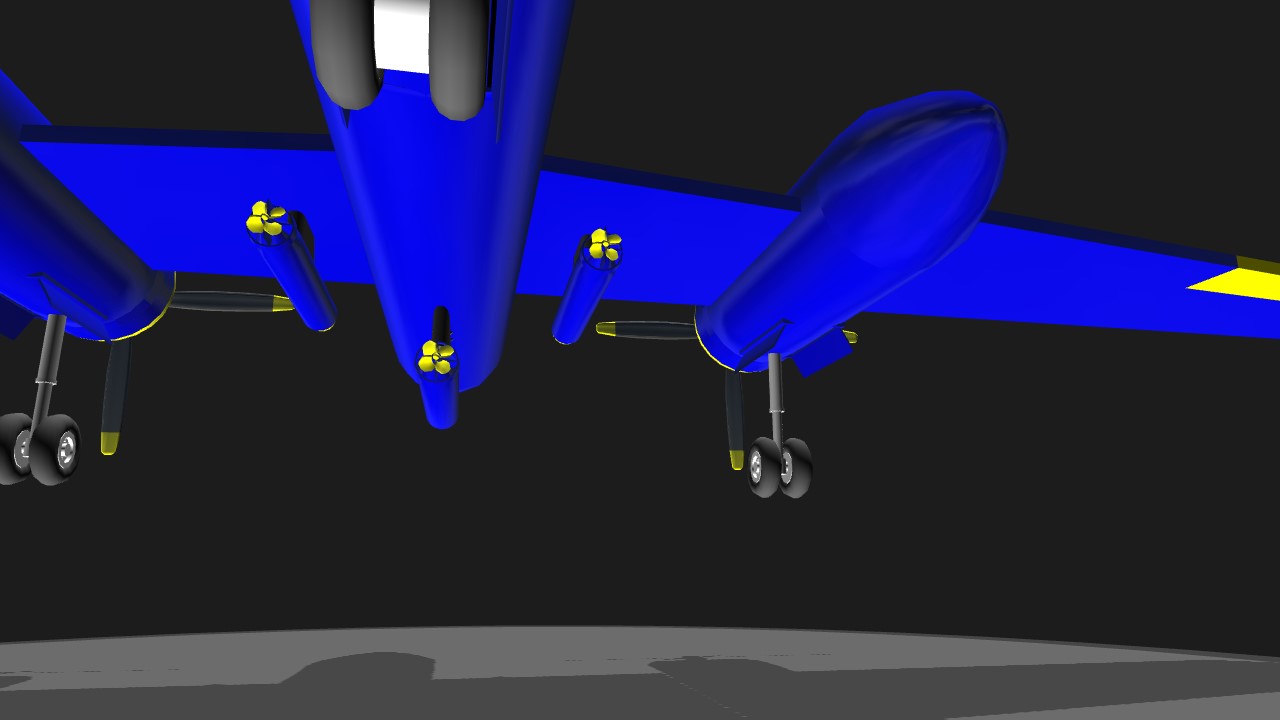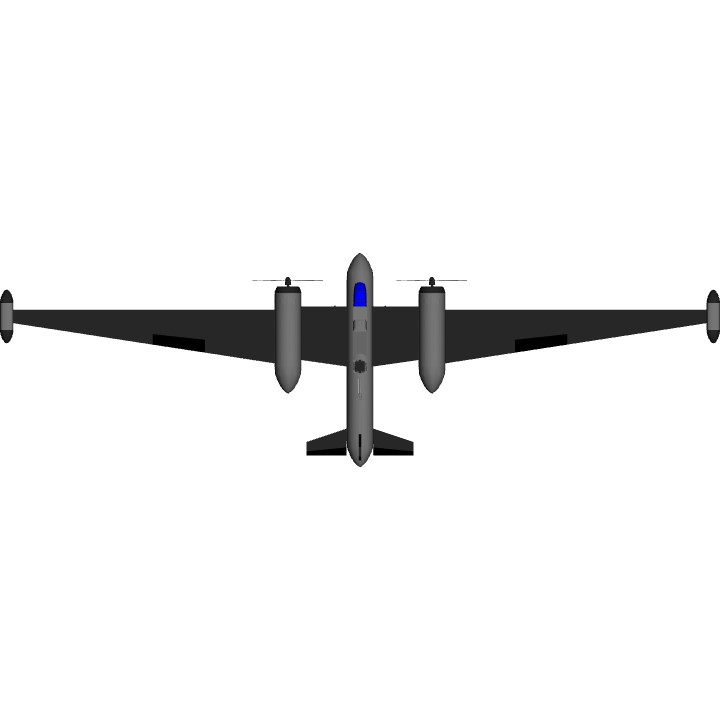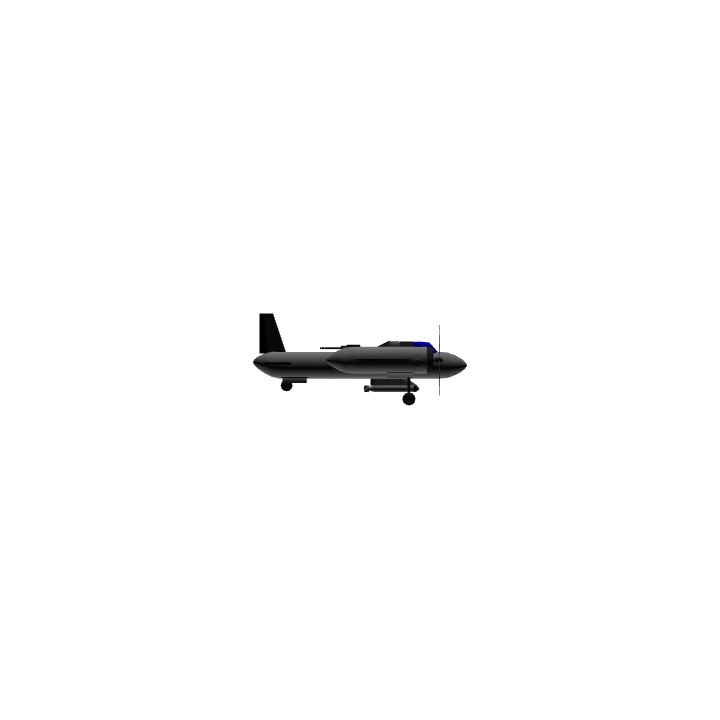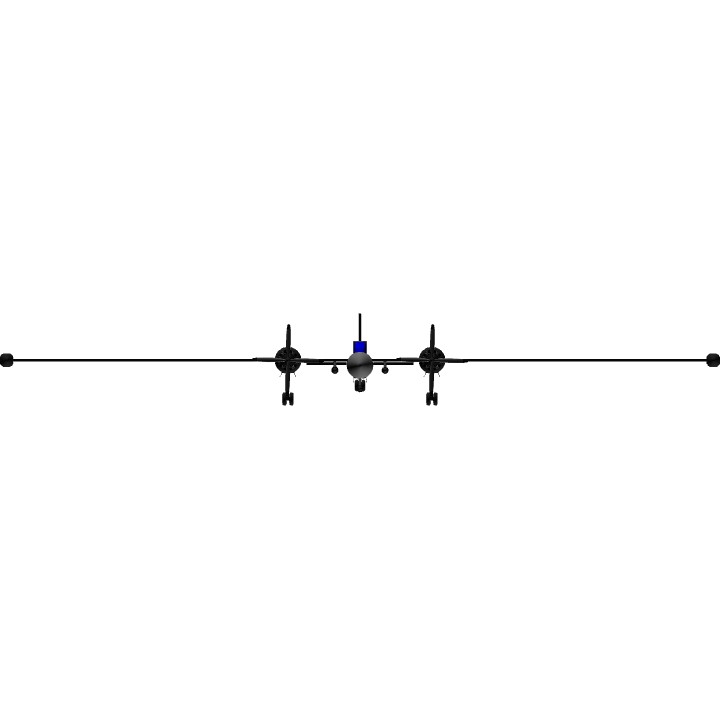EditIn 1937, Andrei Tupolev, along with many Soviet designers at the time, was arrested on trumped-up charges of activities against the State. Despite the actions of the Soviet government, he was considered important to the war effort and following his imprisonment, he was placed in charge of a team that was to design military aircraft. Designed as Samolyot (Russian: "aircraft") 103, the Tu-2 was based on earlier ANT-58, ANT-59 and ANT-60 light bomber prototypes.[2] Essentially an upscaled and more powerful ANT-60 powered by AM-37 engines, the first prototype was completed at Factory N156, and made its first test flight on 29 January 1941, piloted by Mikhail Nukhtinov.[2] Mass production began in September 1941, at Omsk Aircraft Factory Number 166, with the first aircraft reaching combat units in March 1942. Modifications were made based on combat experience, and Plant Number 166 built a total of 80 aircraft. The AM-37 engine was abandoned to concentrate efforts on the AM-38F for the Il-2, which required Tupolev to redesign the aircraft for an available engine. Modifications of this bomber took ANT-58 through ANT-69 variants. A further 2527 aircraft were built at Kazan, with these modifications. Production ceased in 1951 after a total of some 3,000 aircraft were delivered to various Soviet Bloc air forces.[1]Operational history EditBuilt from 1941 to 1948, the Tu-2 was the USSR's second most important twin-engine bomber (the first being the Pe-2). The design brought Andrei Tupolev back into favour after a period of detention. Crews were universally happy with their Tupolevs. Pilots could maneuver the aircraft like a fighter, it could survive heavy damage, and it was fast.[3] The Tu-2 remained in service in the USSR until 1950.
Specifications
General Characteristics
- Created On iOS
- Wingspan 88.2ft (26.9m)
- Length 26.2ft (8.0m)
- Height 11.2ft (3.4m)
- Empty Weight 7,654lbs (3,472kg)
- Loaded Weight 10,834lbs (4,914kg)
Performance
- Horse Power/Weight Ratio 0.276
- Wing Loading 28.5lbs/ft2 (139.2kg/m2)
- Wing Area 380.1ft2 (35.3m2)
- Drag Points 3723
Parts
- Number of Parts 48
- Control Surfaces 5
- Performance Cost 390

